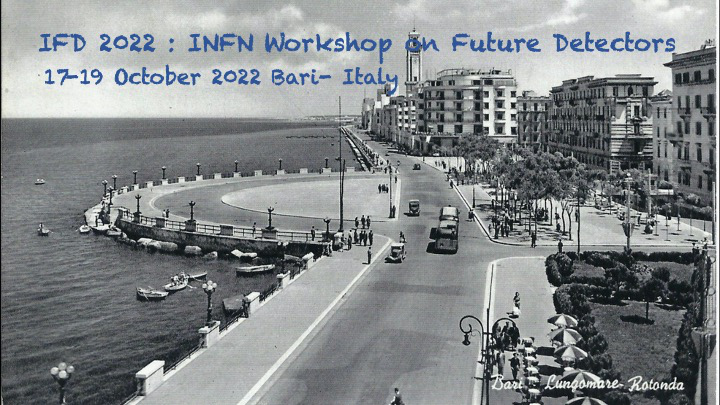Speaker
Description
Several compounds can be utilised as cryogenic detectors; the main requirement is a small thermal capacitance, which allows an high sensitivity and a fast thermalisation time. Depending on the physics applications, several challenges have to be faced. The pileup between events depositing energy in a time interval faster than the thermalisation time can be non negligible when the source is implanted inside the crystal. For rare events physics, the radiopurity of the crystal is also crucial; scintillating compounds can offer the possibility to distinguish alpha from beta/gamma and nuclei/neutron events, thus allowing the identification and rejection of bulk and external contaminants. In this contribution, I will give a brief report on the mentioned topics, their current status and future perspectives.

